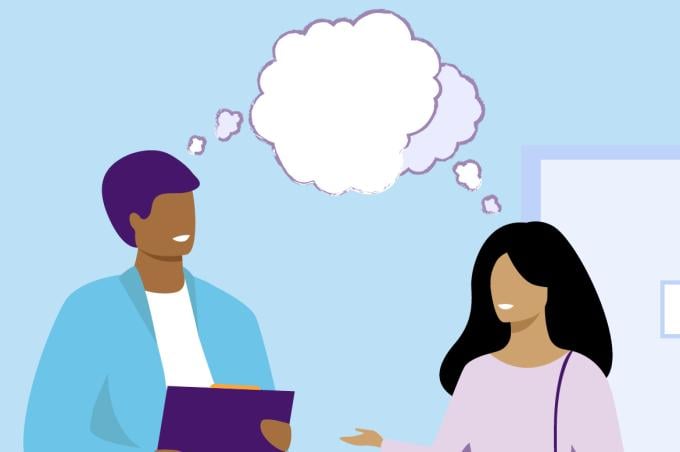With more than 18 million veterans in the U.S., it is important for physicians to understand this patient population and its unique needs, especially when it comes to properly caring for veterans’ mental health, according to psychiatrist David Oslin, MD.
For the Veterans Health Administration (VHA), suicide prevention is the No. 1 clinical priority, said Dr. Oslin, who serves as vice chair for veterans health at the Cpl. Michael J. Crescenz Veterans Affairs Medical Center in Philadelphia and the Perelman School of Medicine at the University of Pennsylvania. Veterans’ suicide rate is 1.5 times higher than the general population. And, sadly, statistics show that veterans who get care in the community have a higher suicide rate than veterans who receive care through Veterans Health Administration facilities.
“It’s not a criticism of our community partners—it’s just the facts, first. But it’s also, I think, a reflection of sometimes the disconnected care that veterans get in the community and we would love to take care of more of those veterans and get them into our system,” Dr. Oslin said during an AMA webinar hosted by the Behavioral Health Integration (BHI) Collaborative webinar (available on demand, registration required).
When compared with the general population, veterans have higher rates of other mental health conditions too. For example, 12.1% of VHA patients experience post-traumatic stress disorder (PTSD), versus 6.8% of the general population. Meanwhile, 7.1% have alcohol-use disorder, compared with 6.4% among all patients, and 4.4% experience a drug-use disorder versus 2.7% in the general population.
In the webinar, Dr. Oslin explored key considerations community physicians should undertake when working with veterans to address their mental health concerns and shared interventions and helpful tips on how to engage patients who may be resistant to seeking treatment.
Preventing suicide
With 175 hospitals, 1,165 stand-alone outpatient care sites and 300 stand-alone centers that specifically address mental health needs, the VHA has the most comprehensive mental health program in the country. Services include helping homeless veterans and vocational rehabilitation, as well.
Dr. Oslin encouraged community physicians to use it.
“We really do soup-to-nuts mental health care and psychosocial services,” he said. “Get to know us, particularly if you serve a number of veterans in your practice.”
For example, calling the 988 Suicide and Crisis Lifeline and pressing “1” links veterans or family members in crisis to help geared toward their needs. Those answering the calls can see the veterans’ charts, eligibilities and know how to connect them to the VA. The hotline resource can also assist physicians trying to help veterans, Dr. Oslin said.
The Veterans Comprehensive Prevention, Access to Care and Treatment (COMPACT) Act of 2020 requires the VA to directly furnish, pay for or reimburse care for emergent suicide care at VA and non-VA facilities for those who are in an acute suicide crisis.
Unique needs beyond mental health
Data shows that veterans also are more likely to have higher rates of some medical conditions that are not related to mental and behavioral health. Hypertension, high cholesterol, heart disease and arthritis are all higher in the veteran population when compared to the general population, said Dr. Oslin, executive director of the Cohen Military Family Clinic at the University of Pennsylvania.
Making veterans feel comfortable
Instead of asking if someone is a veteran, ask them: “Have you ever served in the U.S. Armed Forces?”
Then, follow up by asking questions such as:
- What did you do?
- What was your job category?
- How did you serve?
- Where did you serve?
- Were you married or did you have a significant other while in the service?
Dr. Oslin said it’s important for physicians to know that veterans’ spouses and children also feel the stress that the service member is going through and can have similar needs to the veteran. He said learning how to be culturally competent with veterans will go a long way in making them and their families feel comfortable.
Learn more with the AMA about mental health and veterans’ health resources for physicians and other health professionals.




